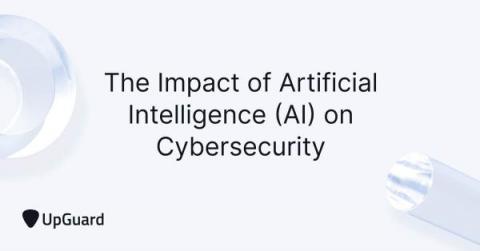What Are the Security Implications of AI Coding?
AI coding is here, and it’s transforming the way we create software. The use of AI in coding is actively revolutionizing the industry and increasing developer productivity by 55%. However, just because we can use AI in coding doesn't mean we should adopt it blindly without considering the potential risks and unintended consequences.











